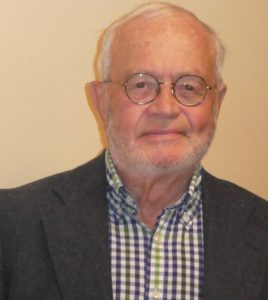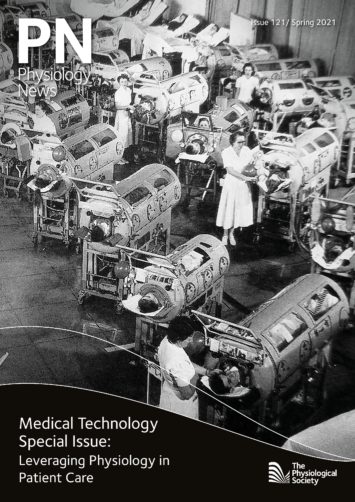
Physiology News Magazine
Obituary: Jan Lännergren (1939 – 2020)
Membership
Obituary: Jan Lännergren (1939 – 2020)
Membership
Håkan Westerblad, Karolinska Institutet, Sweden
Joseph Bruton, Karolinska Institutet, Sweden

Jan Lännergren grew up in Stockholm and completed his medical training at the Karolinska Institutet, Sweden. After compulsory military service as a medical officer, he returned to the Karolinska Institutet and in 1967 he presented his PhD thesis entitled “Mechanical activity of twitch and slow muscle fiber in Xenopus laevis” with Bernhard Frankenhaeuser as his supervisor. Aside from sabbaticals with Andrew F Huxley at University College London, UK, with Russel Close at the Australian National University, Canberra, and with Willem van der Laarse at Free University Amsterdam, Netherlands, Jan spent the majority of his career at the Karolinska Institutet, where he became a Professor of Physiology in 2000.
Jan was a perfectionist in his approach to research. Fuelled by strong freshly brewed coffee and a pipe, later replaced by nicotine chewing gum, he spent weeks refining muscle fibre dissection and recording chambers, stimulators, and amplifiers. His designs, albeit highly complex, turned out to be infinitely robust and some of his muscle chambers and stimulators are still in use more than 30 years after they were built. His constant search for perfection ensured that the experiments performed were of the highest quality, but the downside was that this slowed his research output. Thus, his major results remain valid and are still quoted. Luckily, this was before the modern era where the presumed importance of data is assessed by extensive, and sometimes irrelevant, statistical analyses.
Jan’s work is influential in that he demonstrated the feasibility of using mechanically dissected, single, intact muscle fibres from amphibians and mammals to address fundamental physiological questions. An early research interest of his was properties of different muscle fibre types, and in muscle of clawed frogs (Xenopus laevis), he described contractile properties of five different fibre types and related these to their myosin composition. Thereafter, his major research interest was muscle fatigue and recovery; his research team, which includes the authors of this obituary, revealed several cellular mechanisms, ranging from decreased activation to impaired function, of the contractile machinery.
Jan was an engaged and popular teacher who spent hours producing the perfect slides for a lecture, only to replace them the following year. He was the major driving force behind a popular Swedish physiology textbook, which is still used by numerous students each year. Outside of work, Jan enjoyed running and, in the winter, skating on the natural ice of the archipelago outside Stockholm. Later in life he and his second wife, Britta Wingård, were part of a competitive veteran quiz team and enjoyed playing golf and travelling. He is survived by his wife Britta, three children, and three grandchildren.
